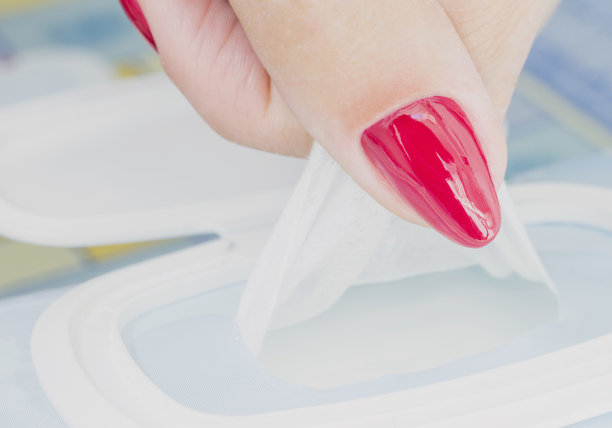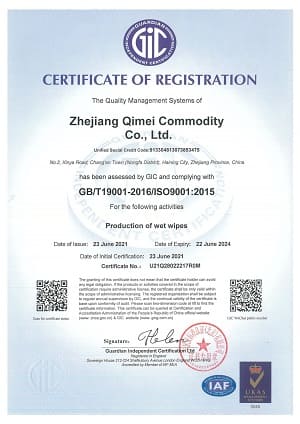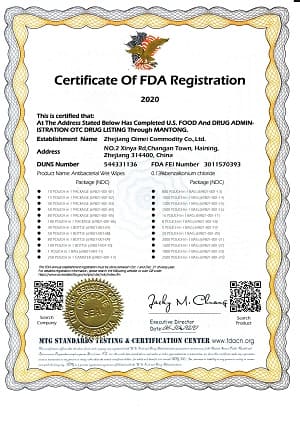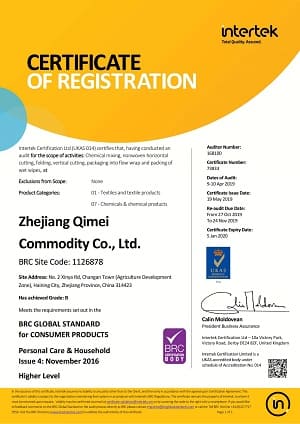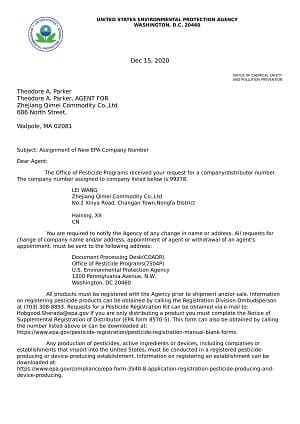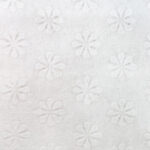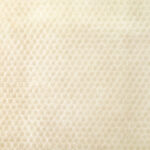نوع القماش المنسوج من سبونليس: بوليستر، مادة مزيج بولي فيسكوز، ألياف الخيزران، لب الخشب (قابل للغسل)، القطن أو ألياف الصويا (قابلة للتحلل)
مسطحة أو محكم (الشعار الخاص بك متاح)
جراماج: 30-80 جم
1/10/30/80/100/120/160 قطعة/الحزمة
عادةً ما تكون مناديل الروائح ذات الاستخدام الواحد أصغر حجمًا، حيث تتراوح من بضع بوصات مربعة إلى بضعة أقدام مربعة، بينما يمكن أن يصل طول وعرض المناديل الأكبر حجمًا والمتعددة الاستخدامات إلى عدة أقدام.
1. كيس بلاستيكي قابل لإعادة الإغلاق: هذا هو النوع الأكثر شيوعًا من عبوات المناديل المبللة. إنها مصنوعة من البلاستيك ولها شريط قابل للإغلاق في الأعلى للحفاظ على المناديل نظيفة ورطبة.
2. حاوية الغطاء العلوي: يتكون هذا النوع من العبوات من وعاء بلاستيكي بغطاء يمكن فتحه وإغلاقه للوصول إلى المناديل.
3. عبوة ناعمة بغطاء بلاستيكي قابل للقلب: على غرار حاوية الغطاء العلوي ، تأتي هذه العبوة في عبوة ناعمة ولها غطاء بلاستيكي قابل للقلب لسهولة الوصول إليها.
4. موزع منبثق: يتميز هذا النوع من العبوات بآلية توزيع منبثقة تسحب مسحًا واحدًا في كل مرة.
5. حزمة السفر: عبوة صغيرة مصممة للاستخدام أثناء التنقل ، وغالبًا ما تأتي مع إغلاق بلاستيكي.
6. عبوات أحادية الاستخدام: تأتي هذه المناديل المبللة في عبوات صغيرة محكمة الغلق تكون ملائمة للسفر أو الأنشطة الخارجية.
7. كيس إعادة التعبئة: تم تصميم هذه العبوة ذات الحجم الأكبر لإعادة تعبئة حاويات المناديل المبللة الأخرى ، وعادة ما يكون بها فتحة قابلة لإعادة الإغلاق.
قماش غير منسوج: هذه هي المادة المستخدمة في صنع المسح نفسه. تُصنع الأقمشة غير المنسوجة عادةً من ألياف صناعية مثل البوليستر أو البولي بروبيلين، أو ألياف طبيعية مثل القطن أو الخيزران.
الماء: يستخدم الماء لترطيب المناديل وتوفير وسط للمكونات الأخرى.
العطور: يتم غرس مناديل الرائحة مع العطور أو الروائح لتوفير رائحة منعشة أو نظيفة. يمكن أن تكون هذه العطور صناعية أو مشتقة من مصادر طبيعية.
المواد الحافظة: تضاف المواد الحافظة إلى مناديل الرائحة لمنع نمو البكتيريا والعفن. تشمل المواد الحافظة الشائعة المستخدمة في المناديل ميثيل بارابين وبروبيل بارابين.
المواد الخافضة للتوتر السطحي: تُستخدم المواد الخافضة للتوتر السطحي للمساعدة في تنظيف الأسطح عن طريق تحطيم الأوساخ والأوساخ. كما أنها تساعد على توزيع العطر بالتساوي في جميع أنحاء المسح. تشمل المواد الخافضة للتوتر السطحي الشائعة المستخدمة في مناديل الرائحة كبريتات لوريث الصوديوم وبيتين كوكاميدوبروبيل.
المستحلبات: تستخدم المستحلبات للمساعدة في خلط المكونات التي لا تمتزج معًا بشكل طبيعي، مثل الزيت والماء. فهي تساعد على ضمان توزيع العطر والمواد الخافضة للتوتر السطحي بالتساوي في جميع أنحاء المسح.
أدوات ضبط الأس الهيدروجيني: تُستخدم أدوات ضبط الأس الهيدروجيني للتأكد من أن المسح يحتوي على مستوى الأس الهيدروجيني المناسب للاستخدام المقصود. على سبيل المثال، قد تحتوي المناديل المبللة المصممة للاستخدام على الجلد على درجة حموضة أقل لتجنب التهيج، في حين أن المناديل المبللة المصممة للاستخدام على الأسطح الصلبة قد تحتوي على درجة حموضة أعلى لتحسين فعالية التنظيف. تشتمل أدوات ضبط درجة الحموضة الشائعة المستخدمة في مناديل الرائحة على حمض الستريك وهيدروكسيد الصوديوم.
ممارسات التصنيع الجيدة (GMP): GMP عبارة عن مجموعة من الإرشادات التي تضمن تصنيع المنتجات بشكل متسق وتلبية معايير الجودة. غالبًا ما يكون الالتزام بممارسات التصنيع الجيدة (GMP) مطلوبًا من قبل الهيئات التنظيمية في العديد من البلدان.
لوائح وكالة حماية البيئة (EPA): في الولايات المتحدة، تخضع مناديل الروائح التي يتم تسويقها كمطهرات للوائح وكالة حماية البيئة. تتطلب هذه اللوائح من الشركات المصنعة تسجيل منتجاتها لدى وكالة حماية البيئة (EPA) والتأكد من أنها تلبي معايير محددة للفعالية والسلامة.
لوائح الاتحاد الأوروبي: في الاتحاد الأوروبي، تخضع مناديل الرائحة إلى لائحة منتجات المبيدات الحيوية (BPR)، والتي تتطلب من الشركات المصنعة تسجيل منتجاتها وإثبات سلامتها وفعاليتها.
شهادات المنظمة الدولية للمعايير (ISO): شهادات ISO، مثل ISO 9001 وISO 13485، هي معايير معترف بها دوليًا توضح التزام الشركة المصنعة بإدارة الجودة وسلامة المنتج.
أوراق بيانات السلامة (SDS): يُطلب من الشركات المصنعة تقديم أوراق بيانات السلامة لمنتجاتها. تحتوي هذه المستندات على معلومات حول المكونات والمخاطر المحتملة وإجراءات التعامل الآمن مع المنتج.
